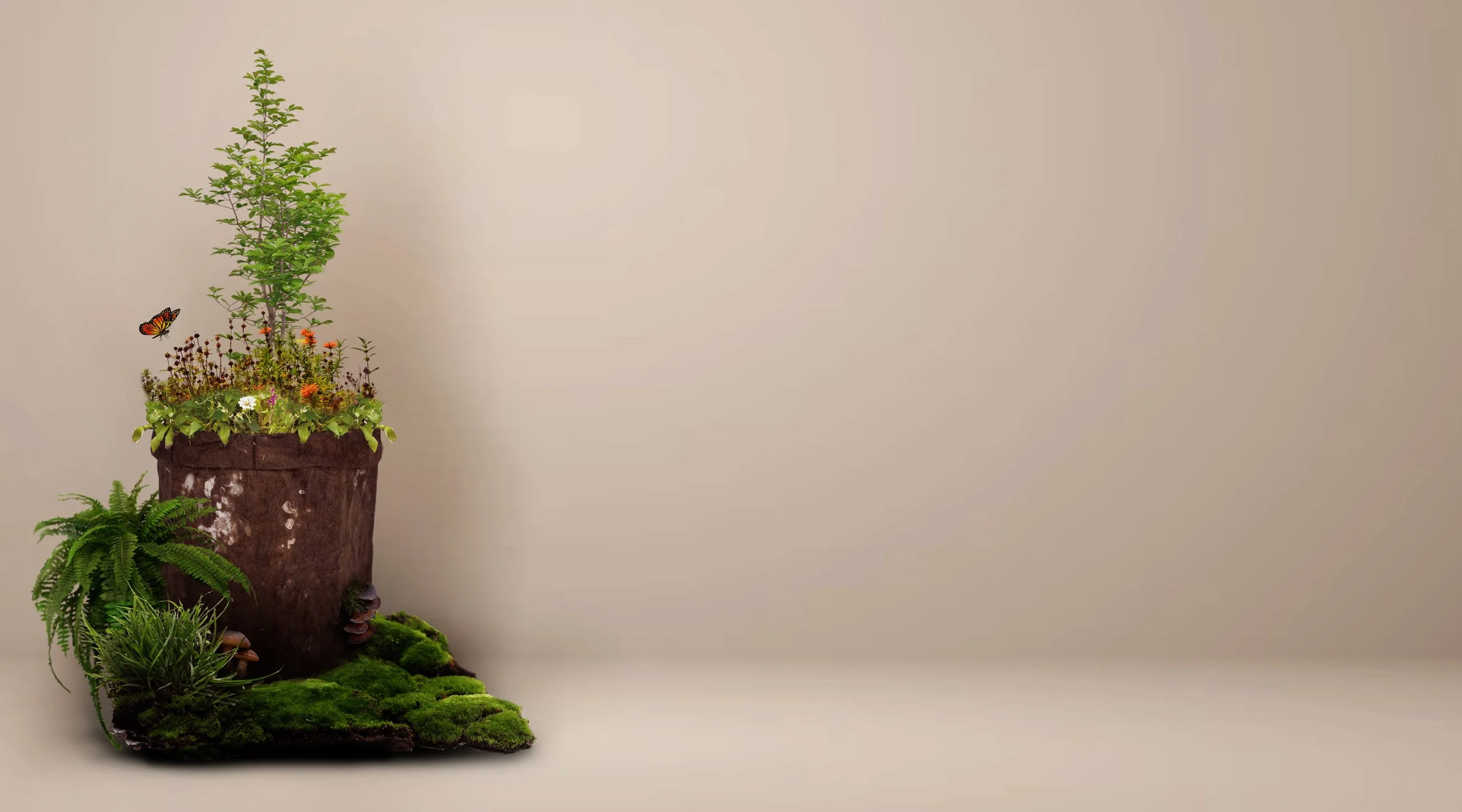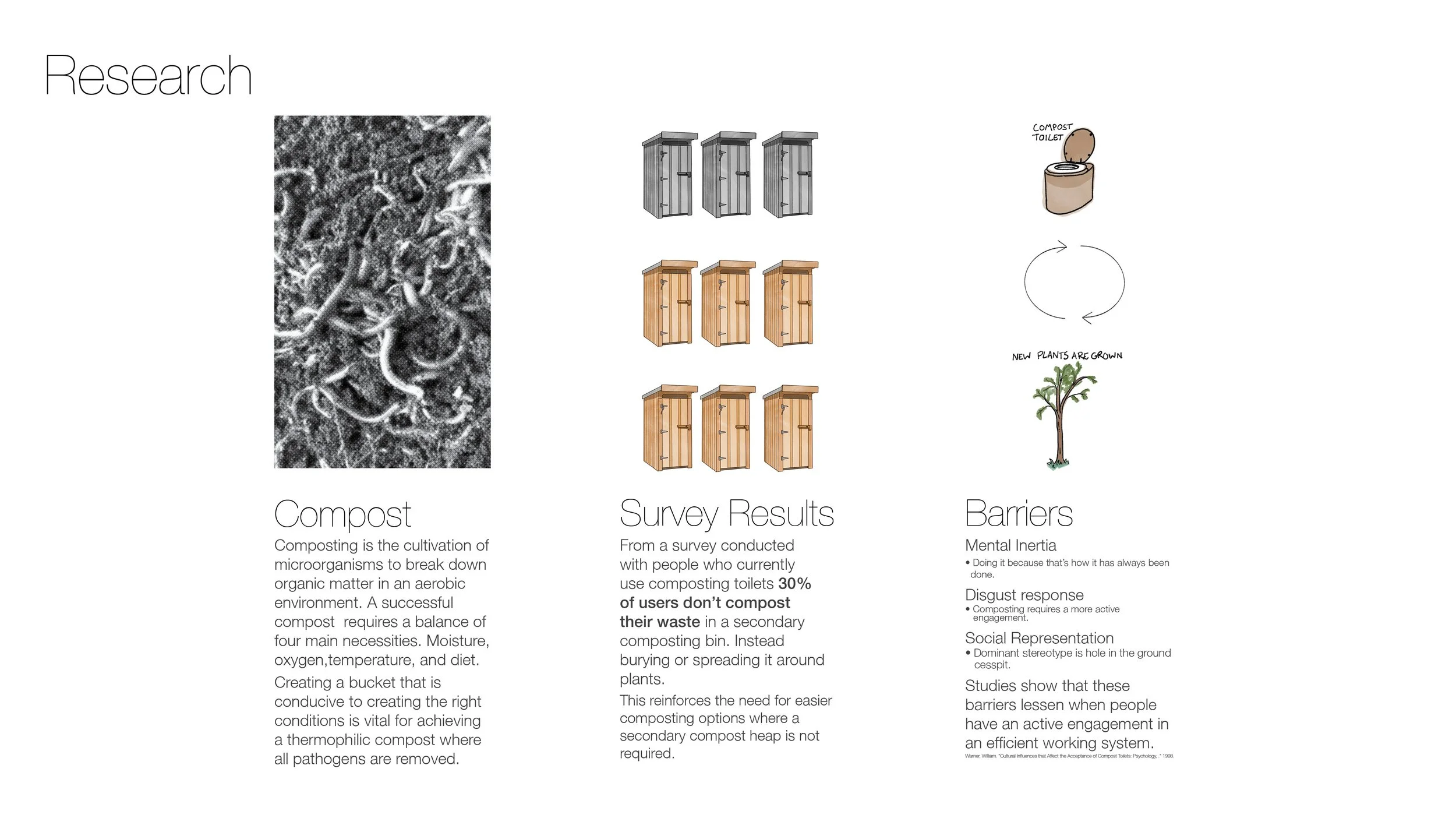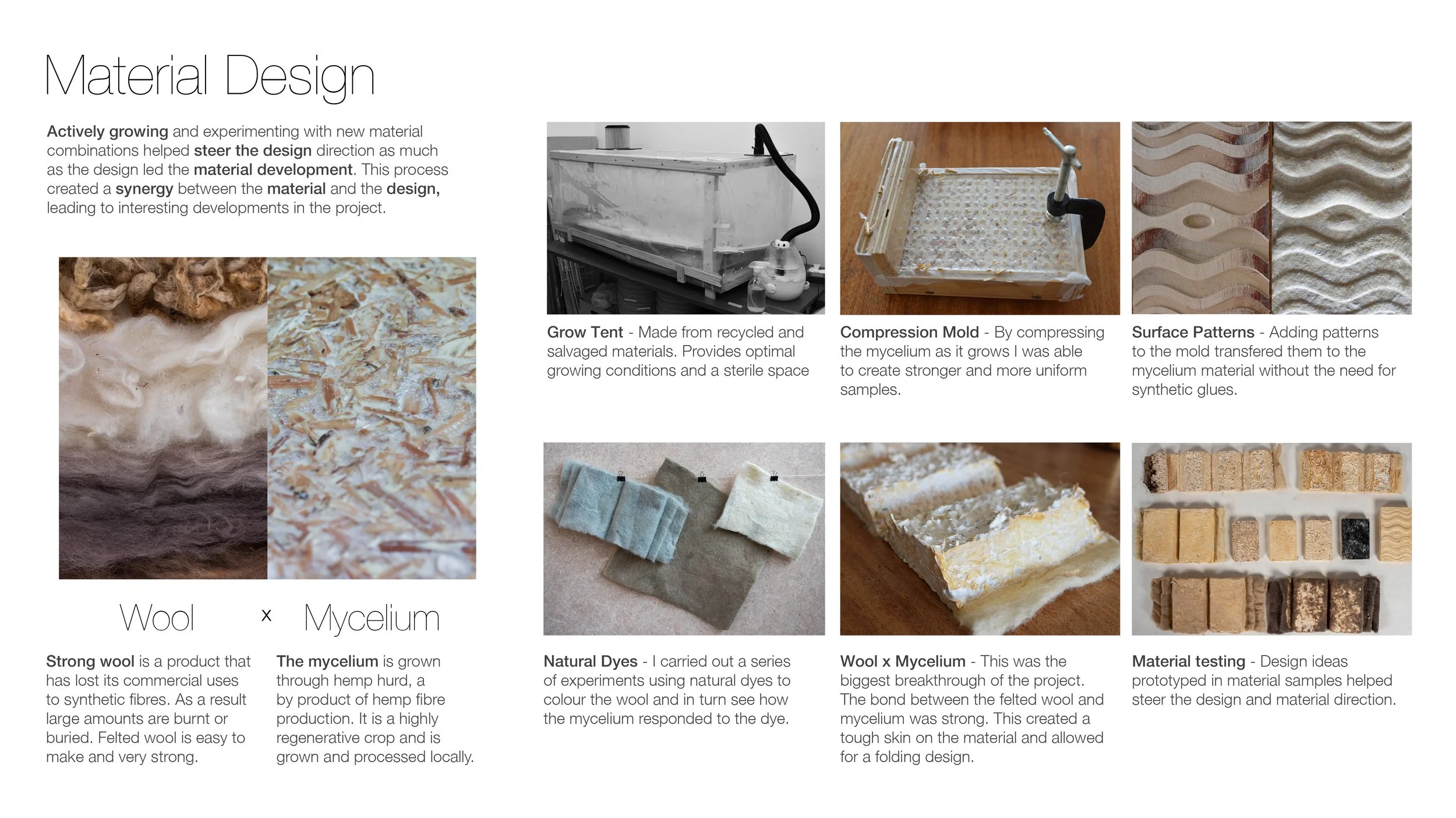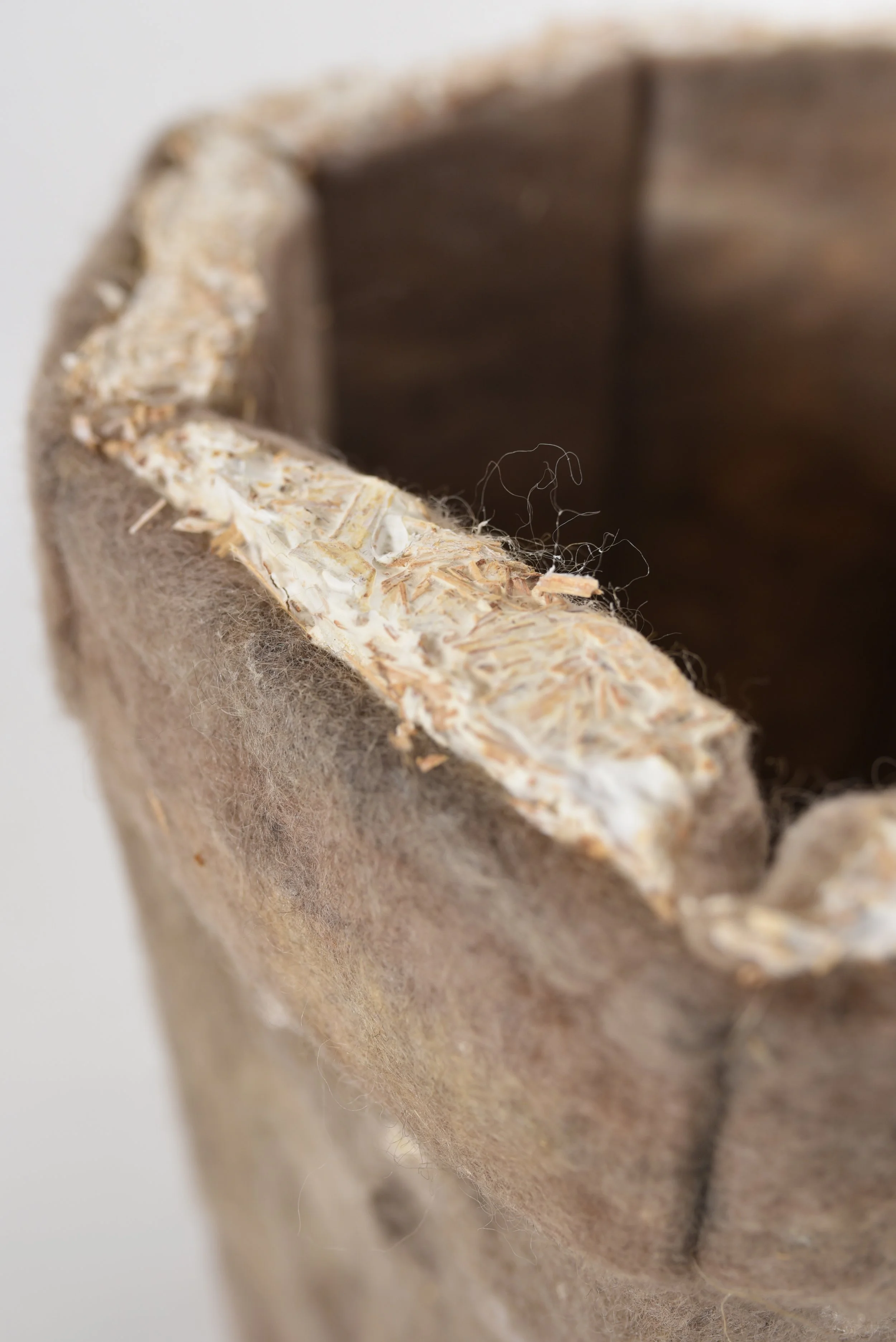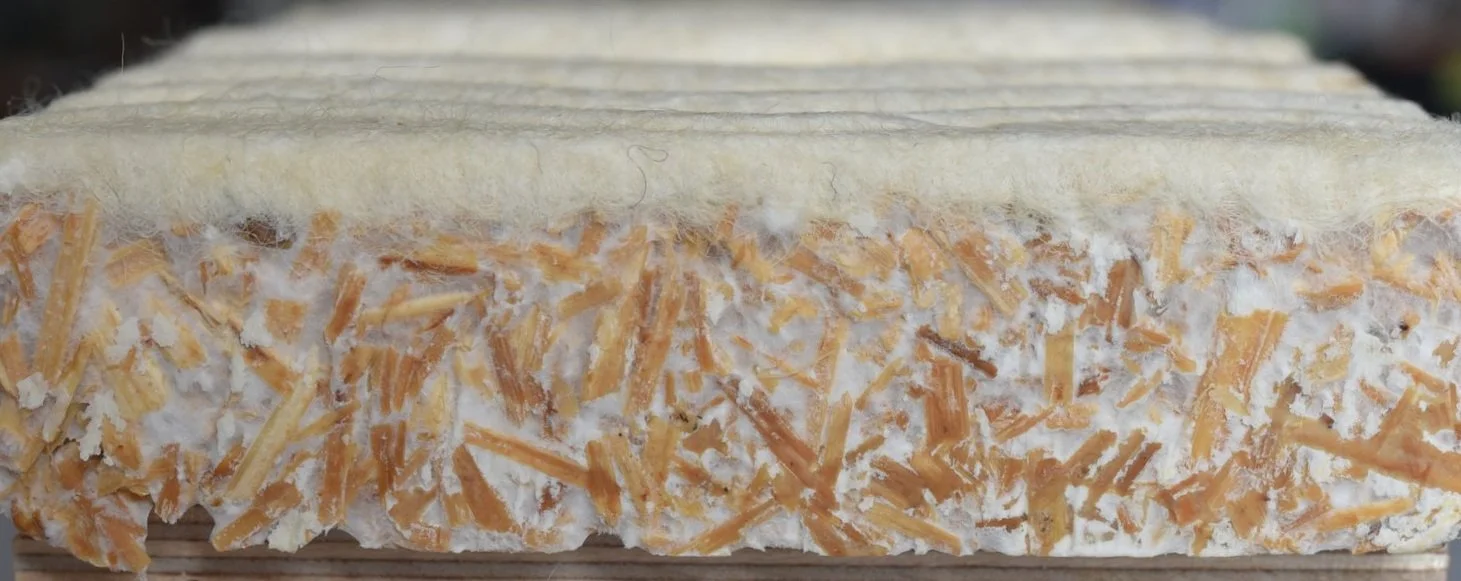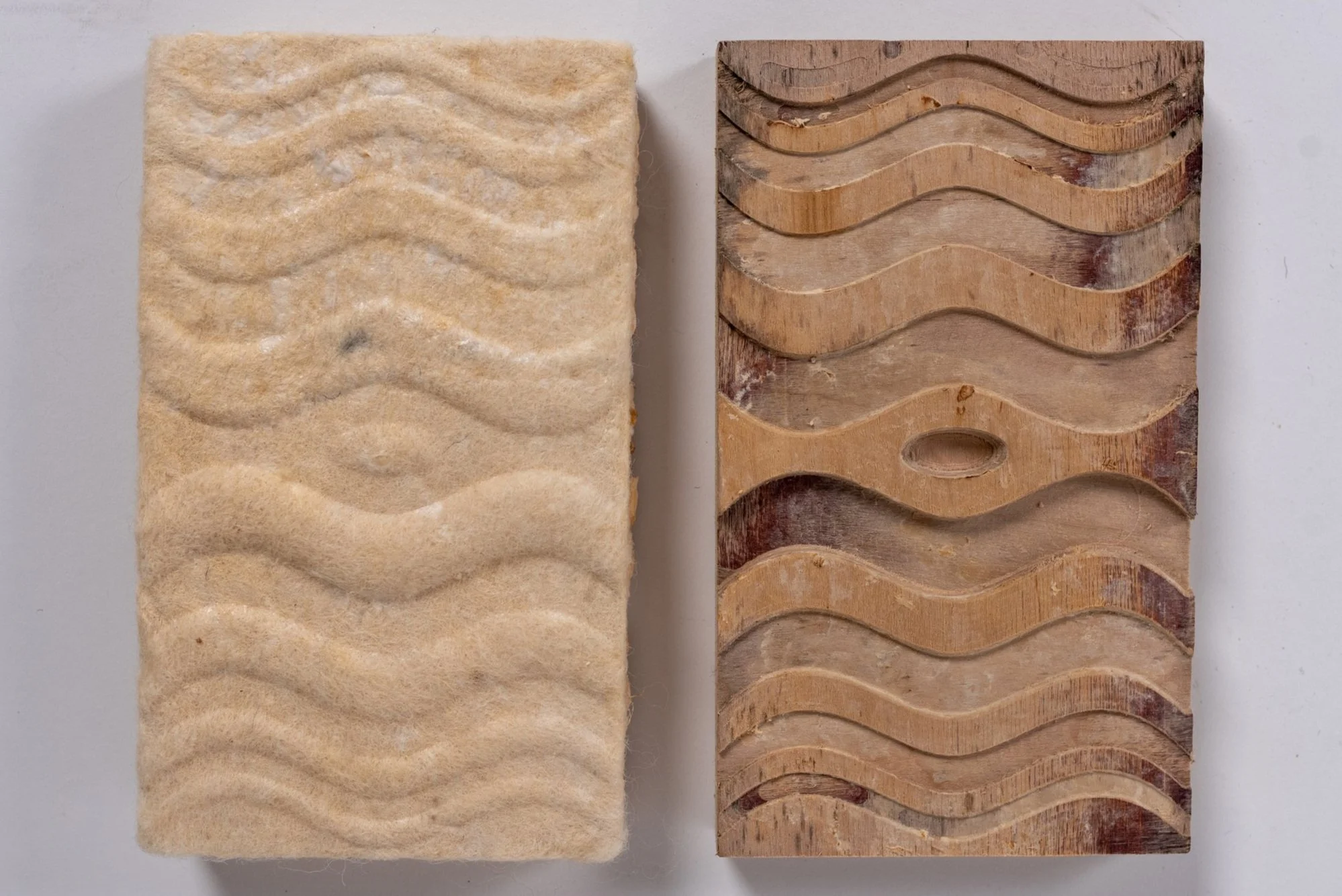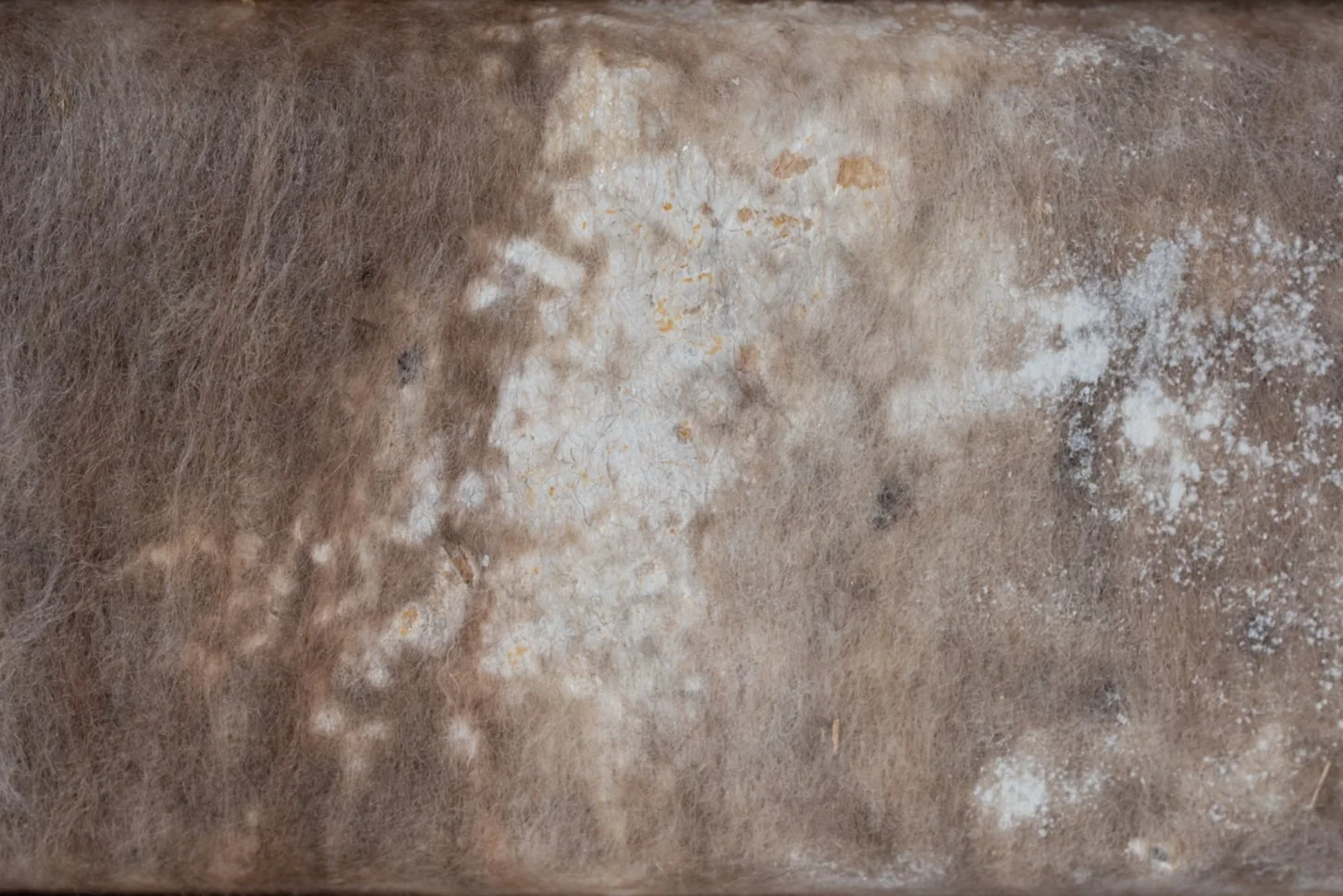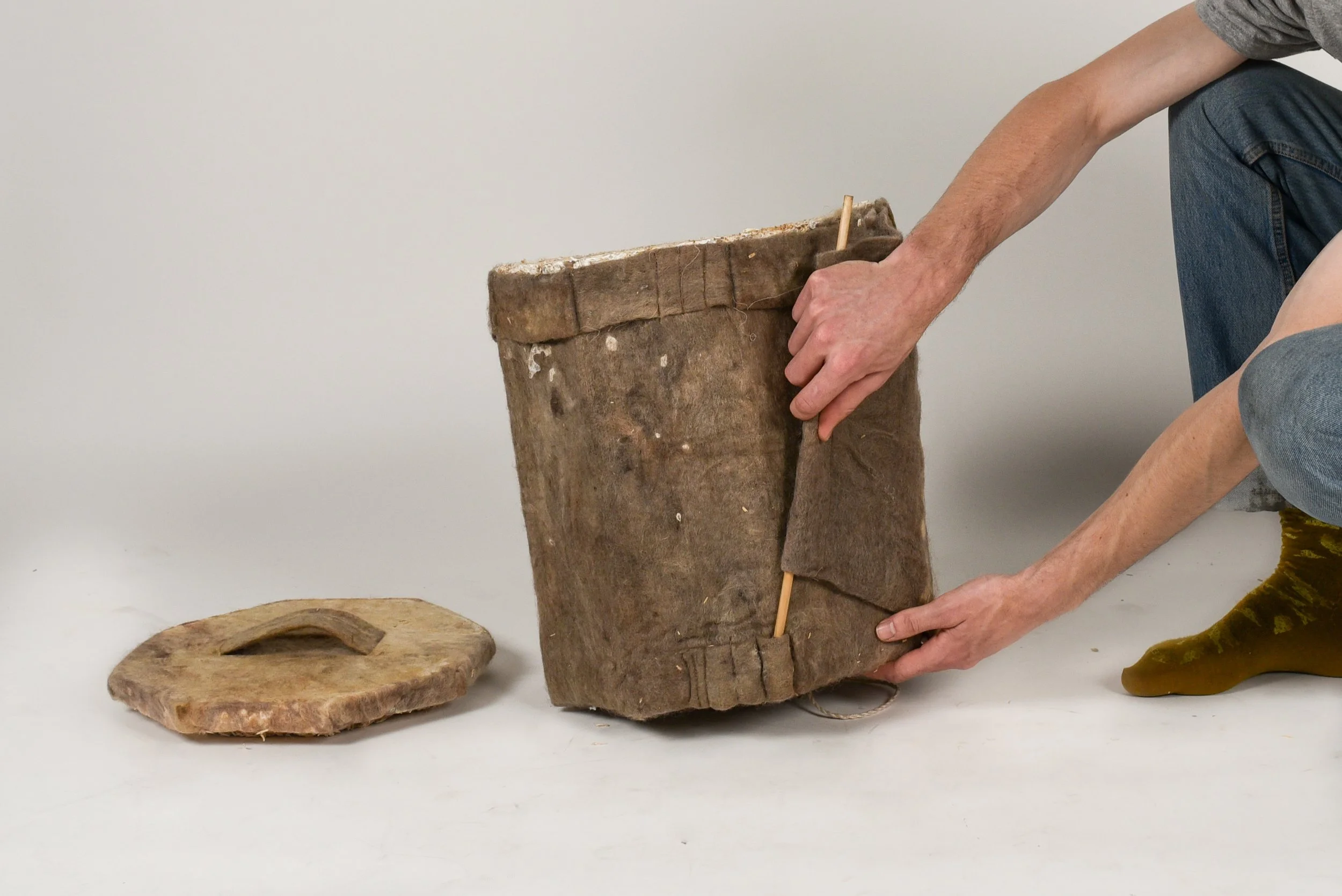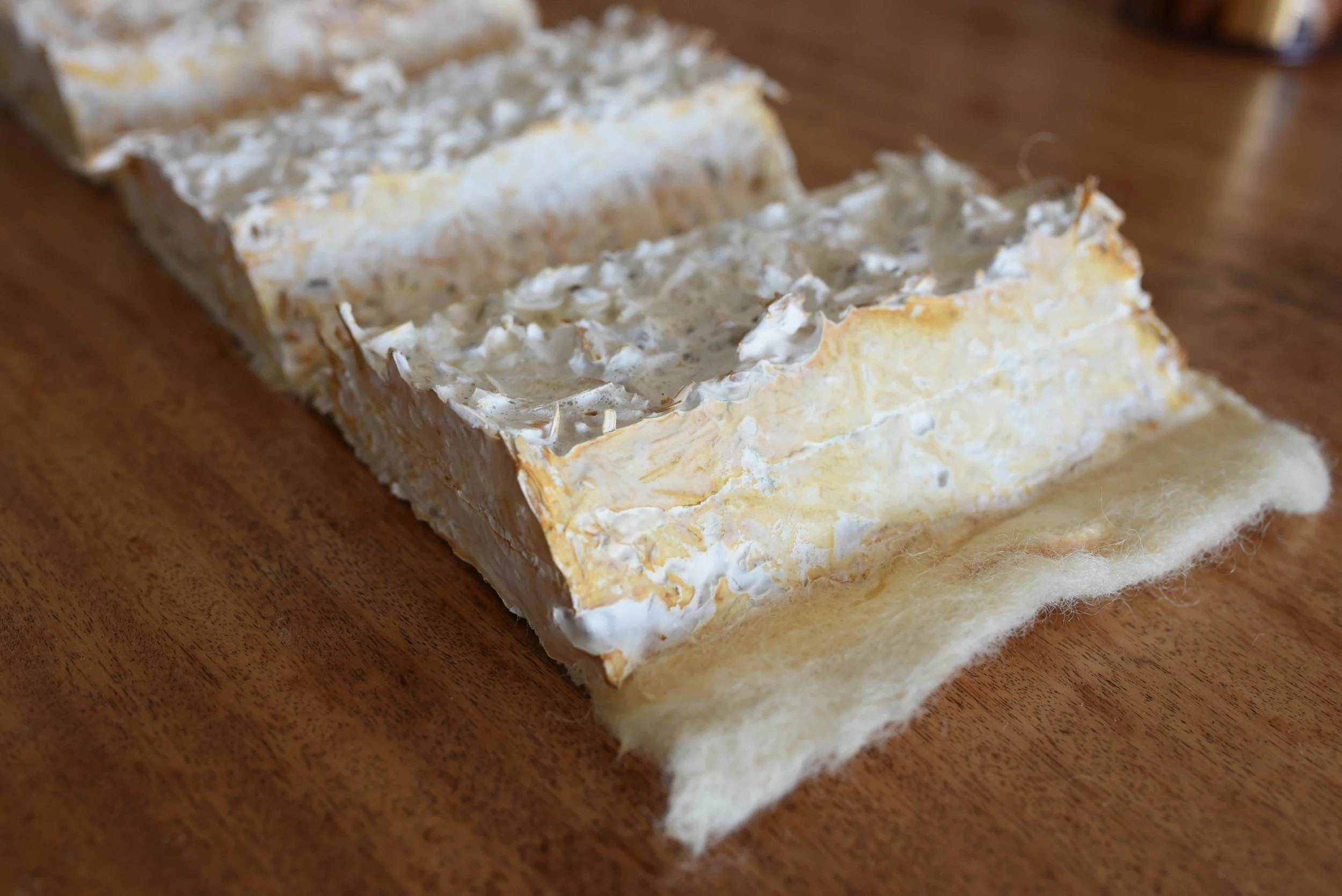Natures Calling
a compostable composting toilet
2023
Honors project
This project seeks to eliminate the “ick” factor associated with composting toilets, through the use of a compostable bin made from mycelium materials.
Mycelium, the root network of fungi, serves as nature’s decomposer and can be used as a binding agent to make biodegradable materials. With the compostable bin, there’s no need for a secondary compost heap, and users are no longer required to deal with the organics left in the bucket.
Poop loop
When properly treated through a hot composting process, our waste can be transformed into a valuable resource, reintegrating it into a circular nutrient cycle.
Linear Nutrient Cycle
The current system for treating our excrements is linear and polluting. Upsetting the nutrient cycles all ecosystems rely on. We use synthetic fertilizers to try and patch the problem. However, this in turn leads to excess nutrients and nitrogen entering our waterways and disrupting aquatic ecosystems.
Final Material
The final material for the bucket is a composite of felted wool, hemp hurd and mycelium. The wool acts as a skin on the outside layers. This increase the durability of the bucket and allows for the folding design. The wool also regulates moisture levels inside the bucket maintaining optimal composting conditions. The mycelium core provides the structure and insulates the compost allowing it to reach thermophilic temperatures where pathogens can no longer survive. All materials are grown and harvested locally from low value crops. The entire bucket becomes compost itself returning to the earth and allowing the next cycle of growth.
Final Product
The final bucket is a flat pack design that is easily assembled using the features built into the felted wool skin. The handles along the top edge make it easy to carry. It can be used for about 2-4 weeks depending if urine is separated or not. Once full, the bucket is placed in the garden where the mycelium materials provide and maintain optimal composting conditions enhancing the process of turning waste into
nutrient rich compost.
Material Samples
Through the design process, the making of the mycelium materials drove the design. This process of experimenting, tinkering and testing the limits of what mycelium would grow through and what conditions it liked to grow in was the highlight of the project. I think it also led to a more interesting final direction than trying to get the mycelium to conform to my design.

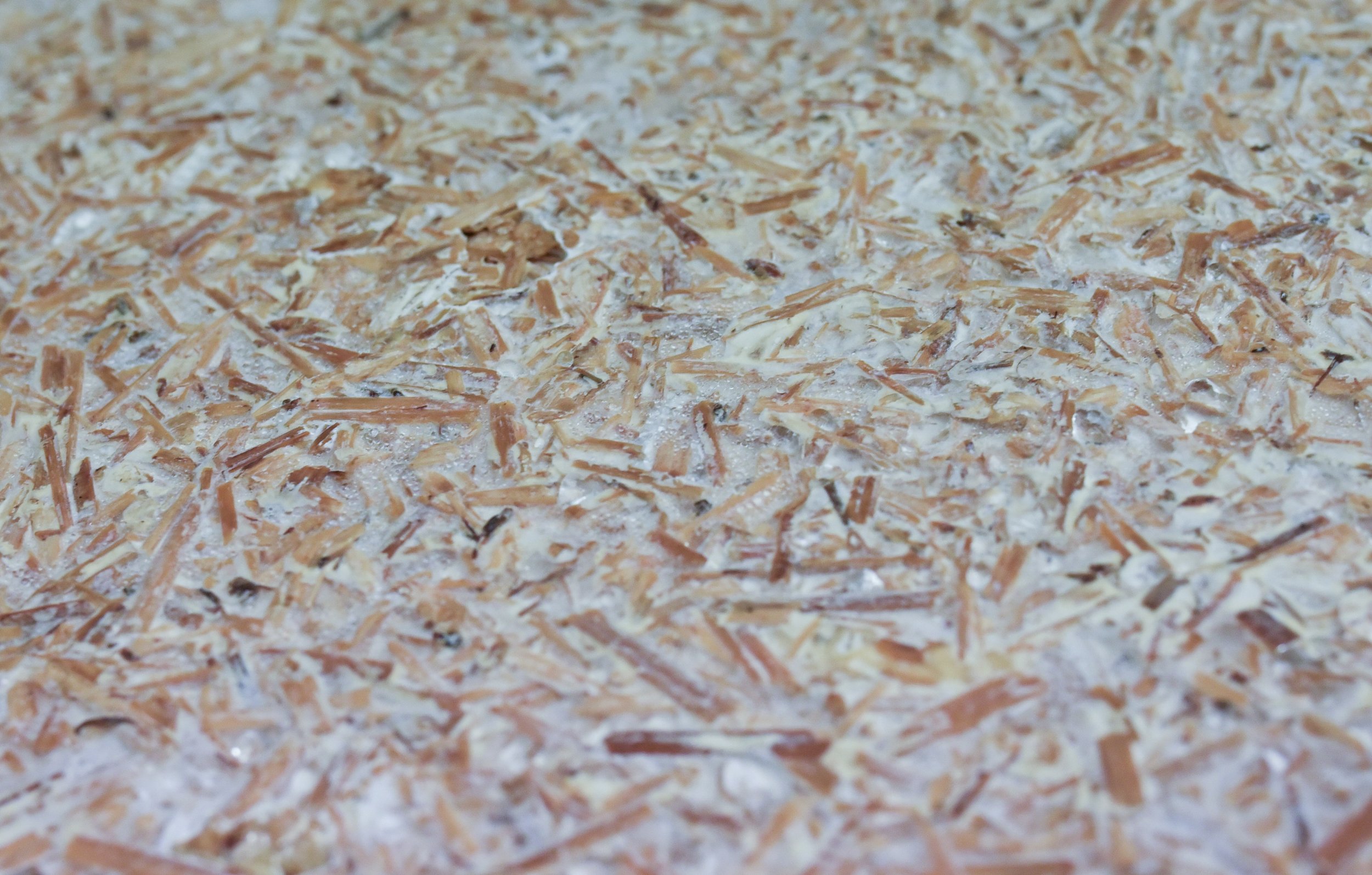
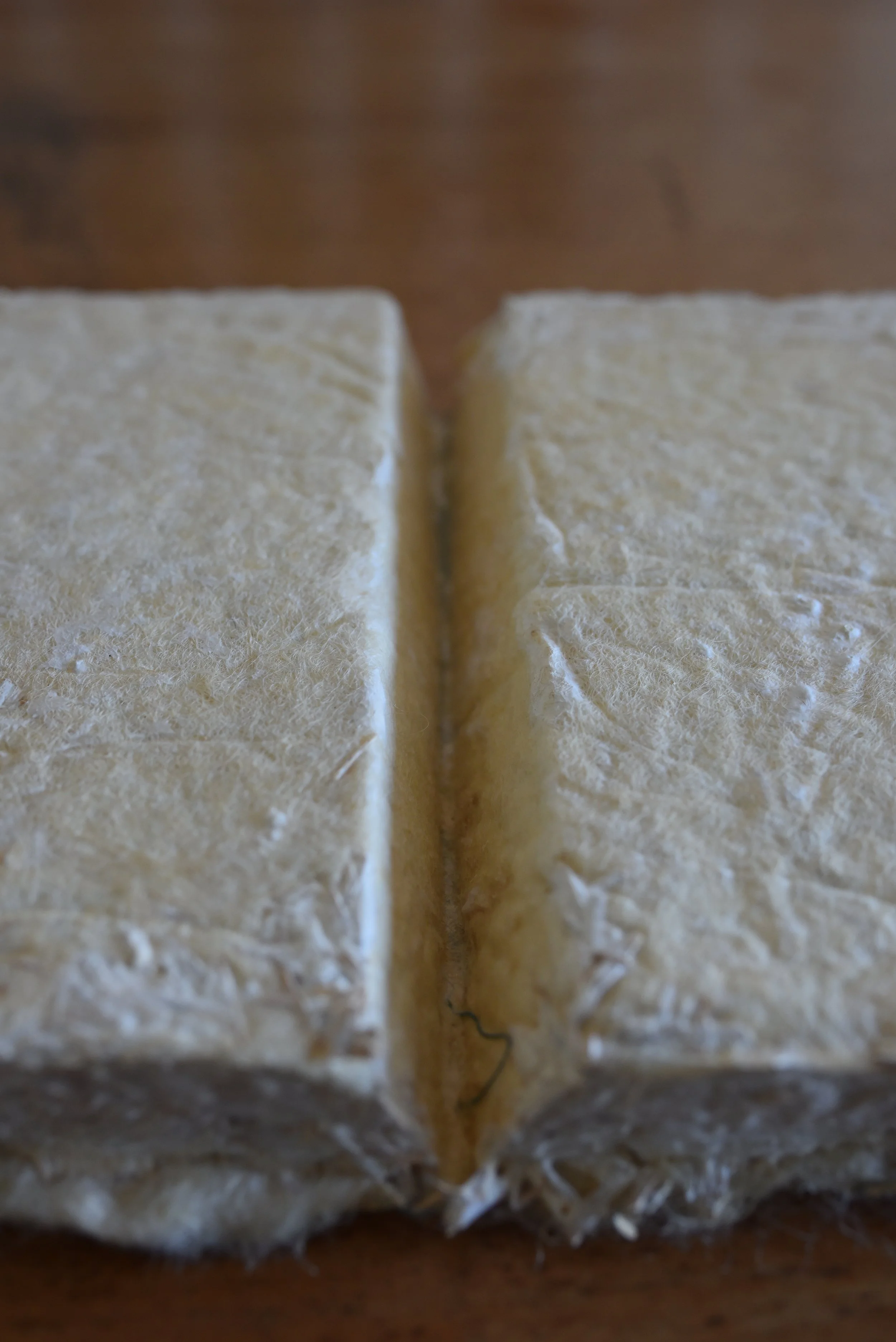


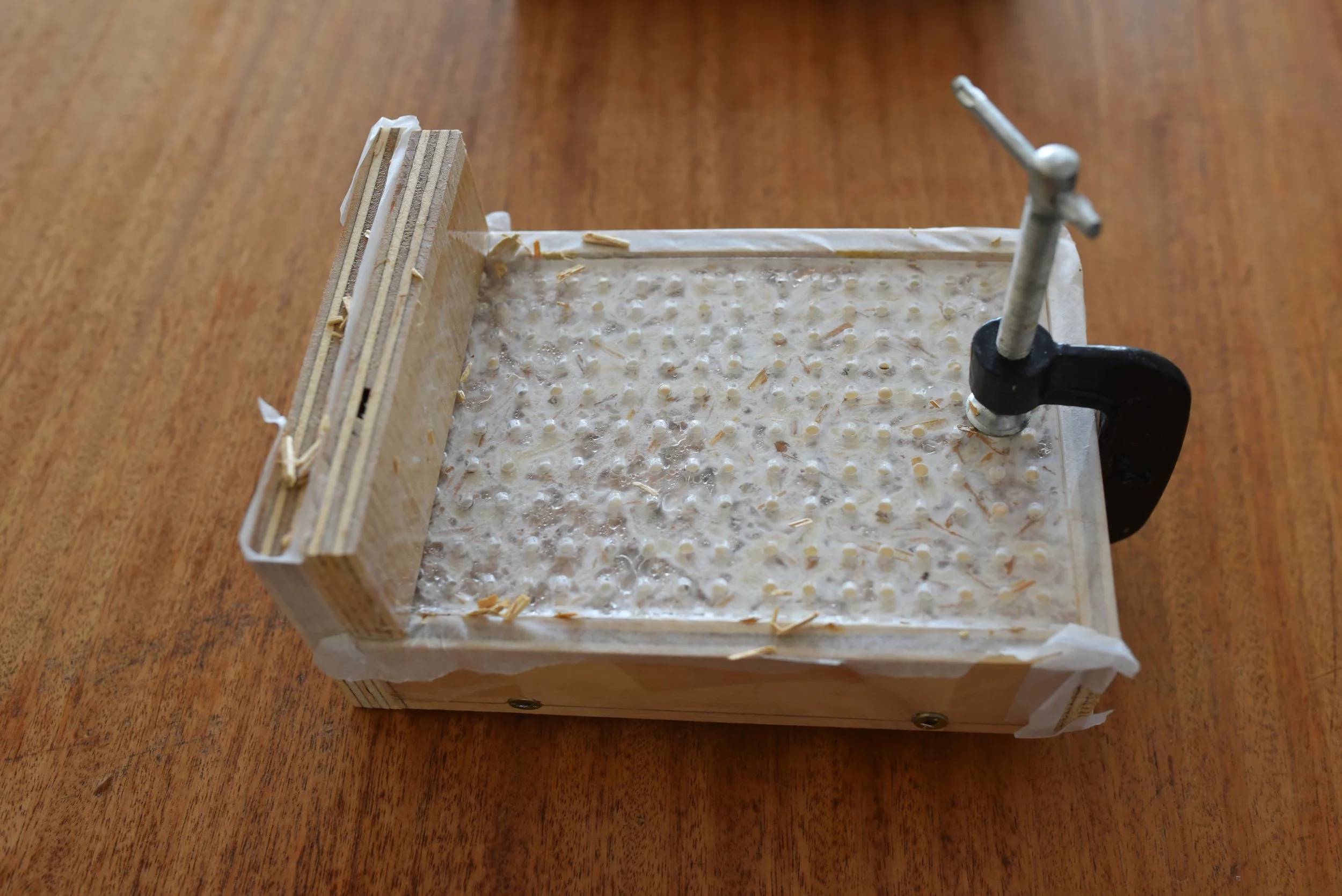


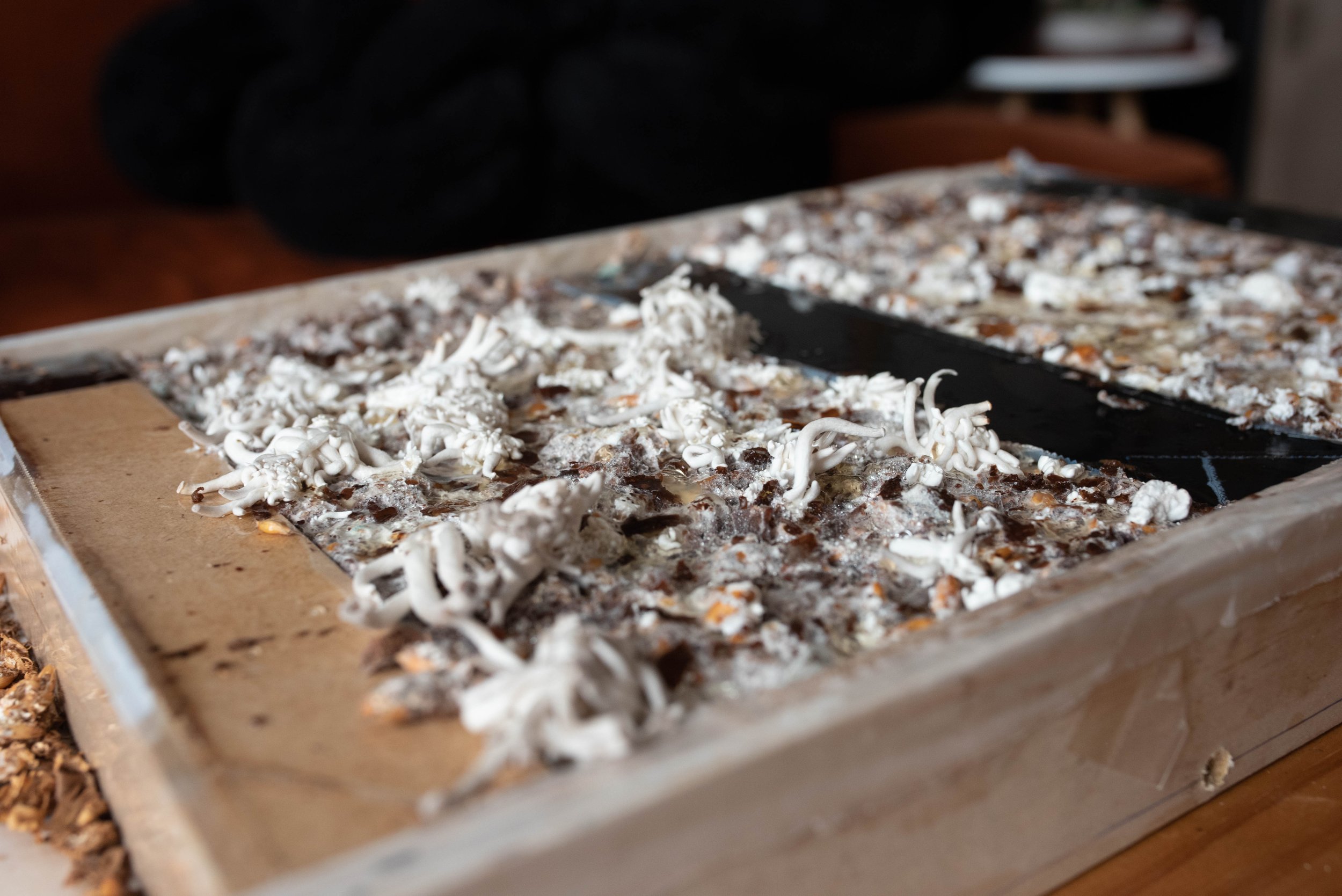
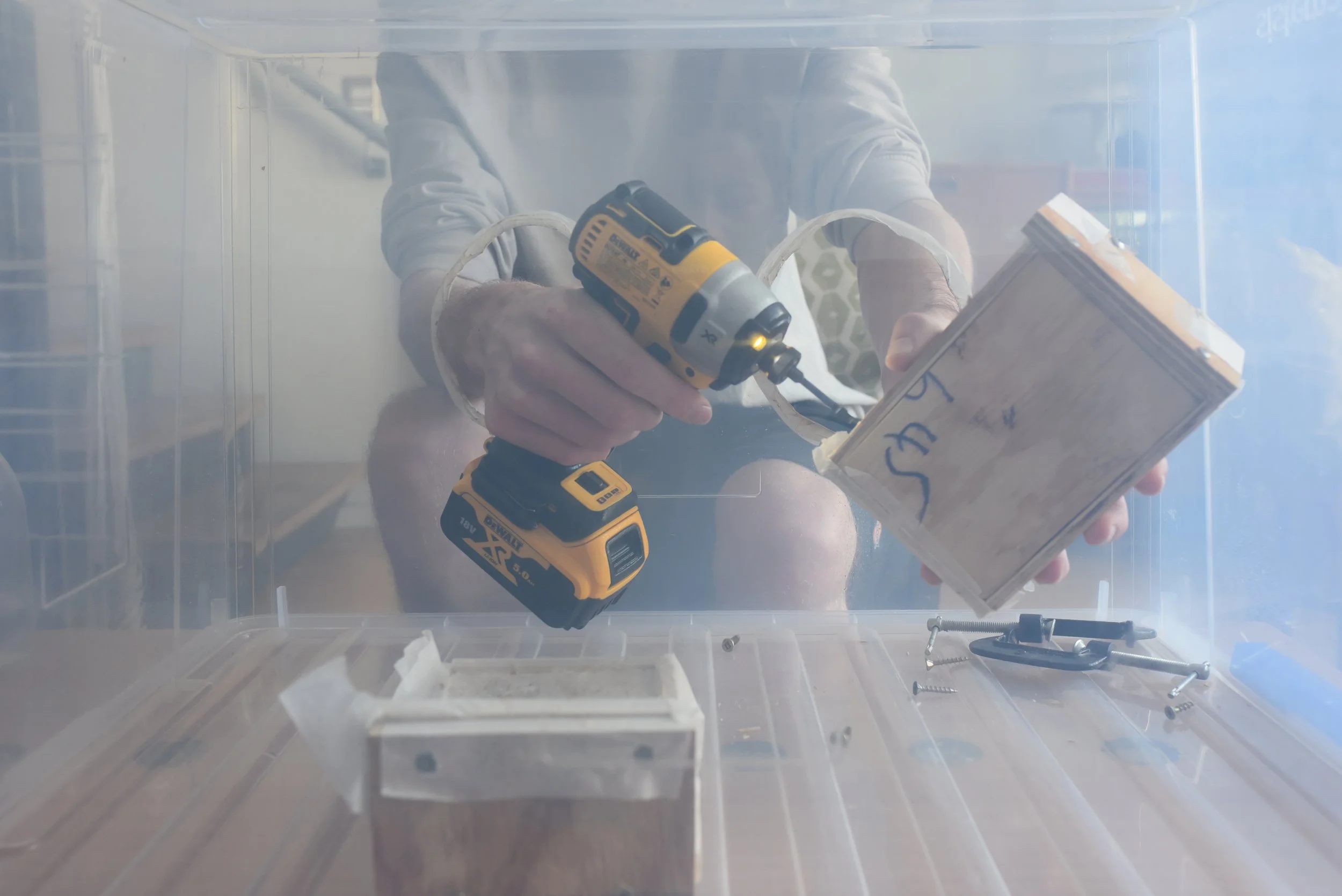
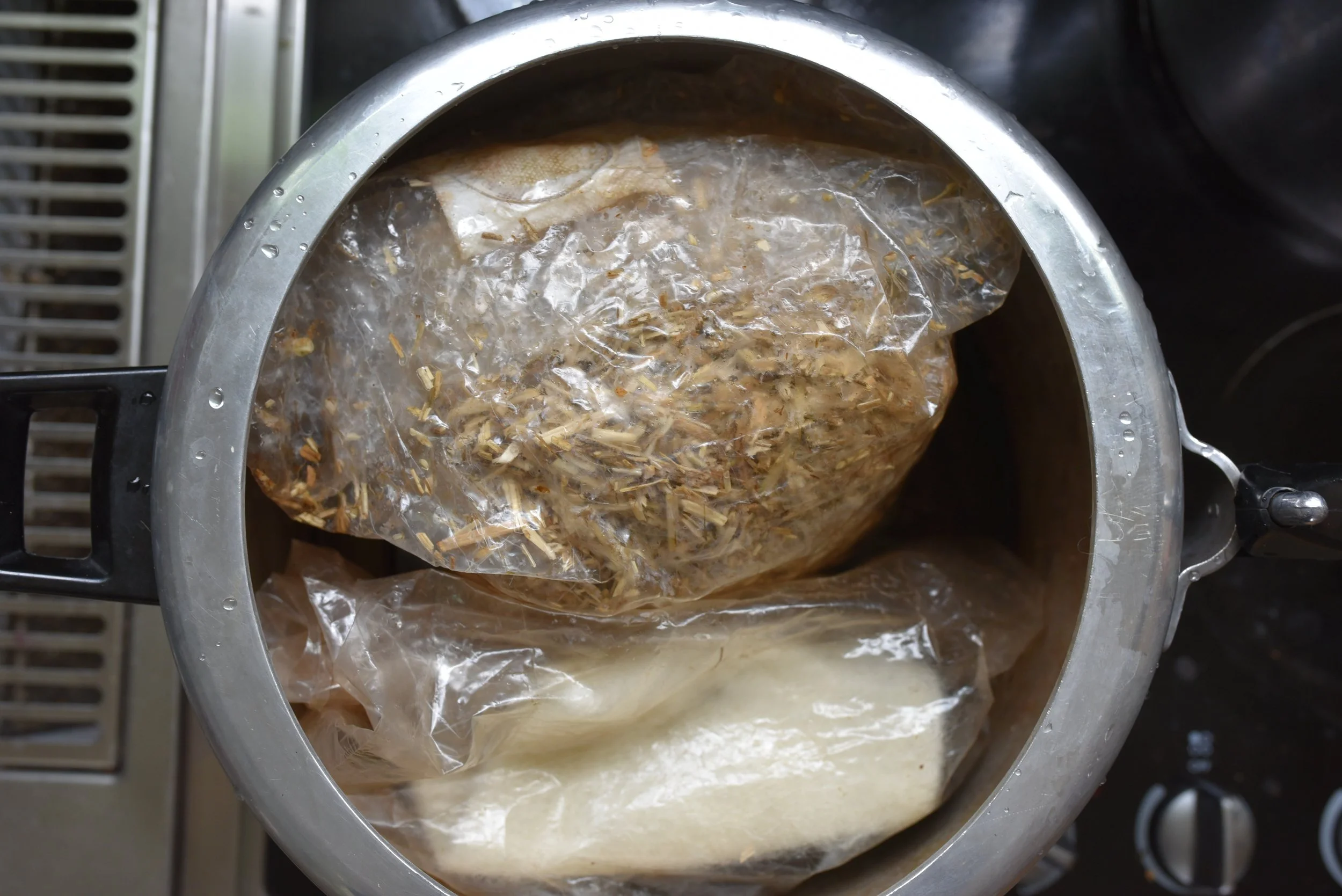

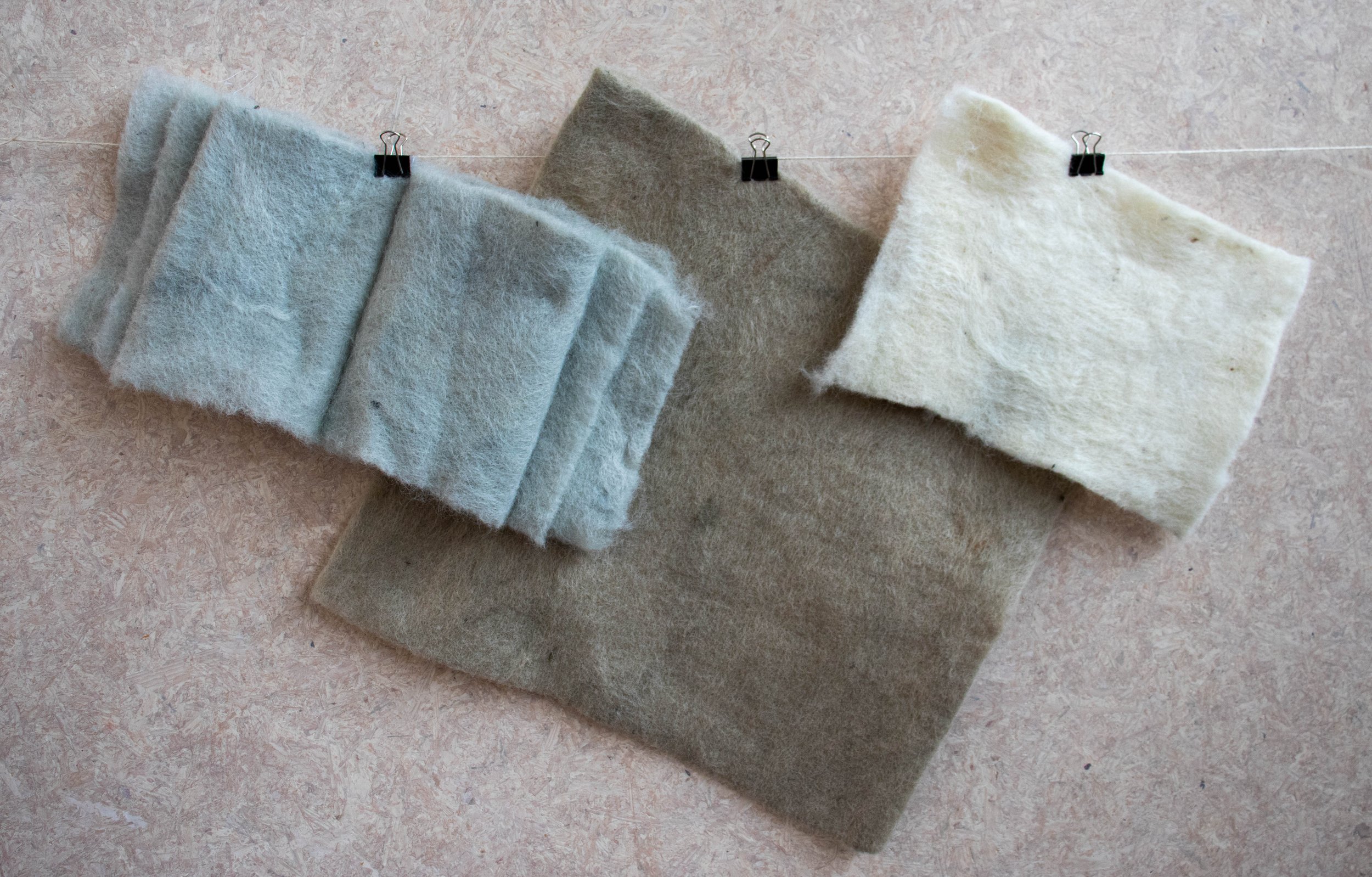

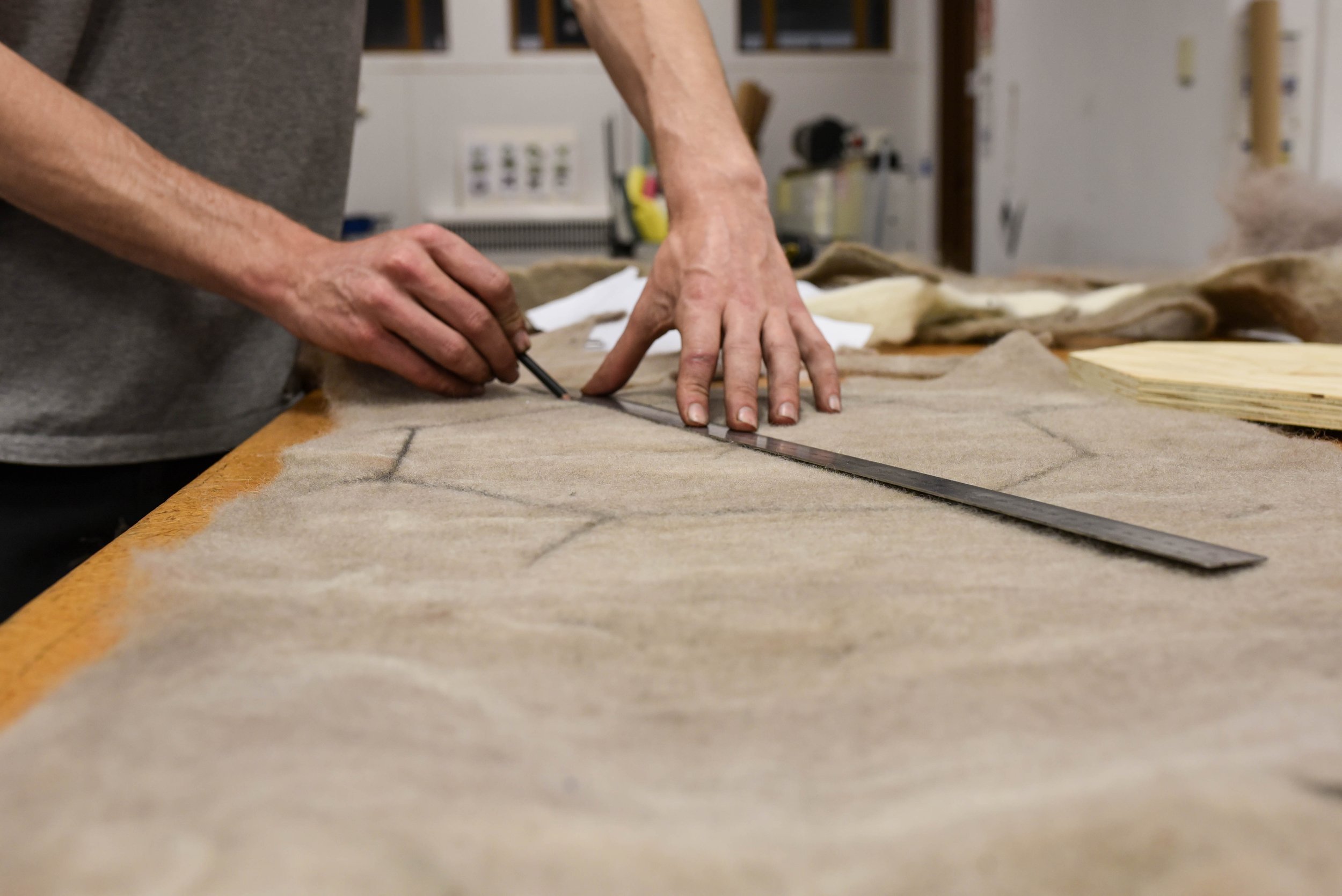
More Projects
WoolTex
Internship, 2024
Teardrop
Personal, 2019-present
Kakapo Project
Professional, 2022-24
Toroa
Group, 2023
Makita Trap
Second Year, 2021
Propagation Station
Personal, 2022
Accesiboil
Second Year, 2021
Micro drop
Second Year, 2021
Tropospheric Abscond
First Year, 2020
HexaFleece
First Year, 2020
Arc
Group Project, 2022
Symbiosis
Third Year, 2022
